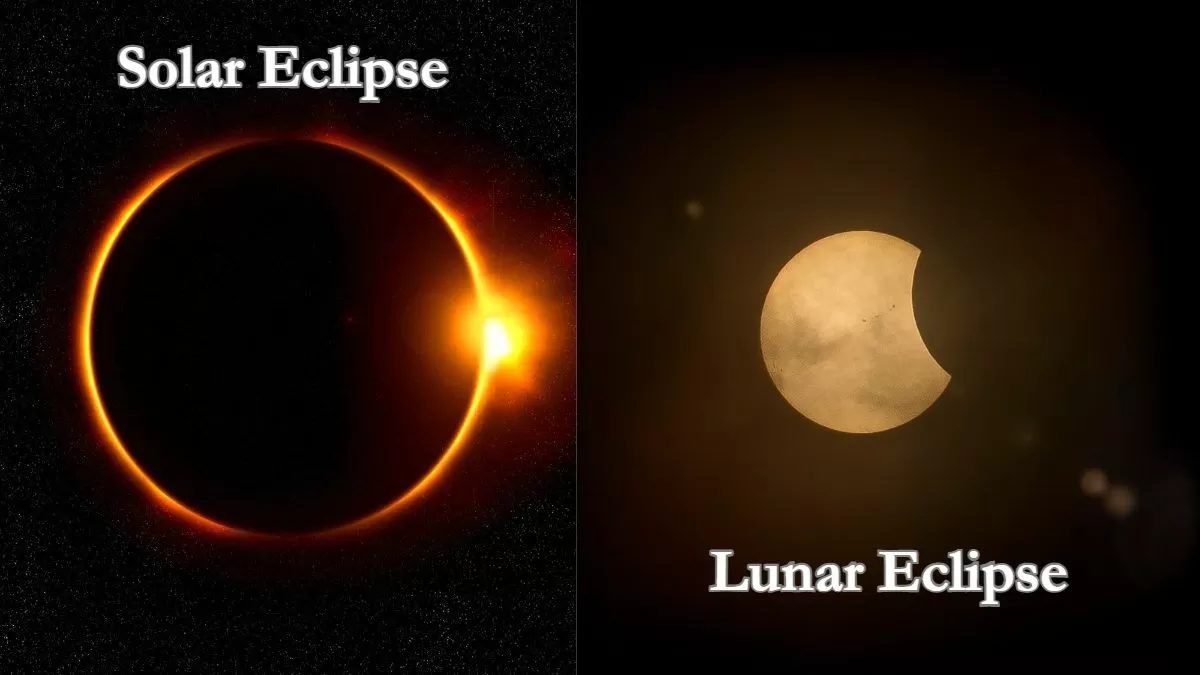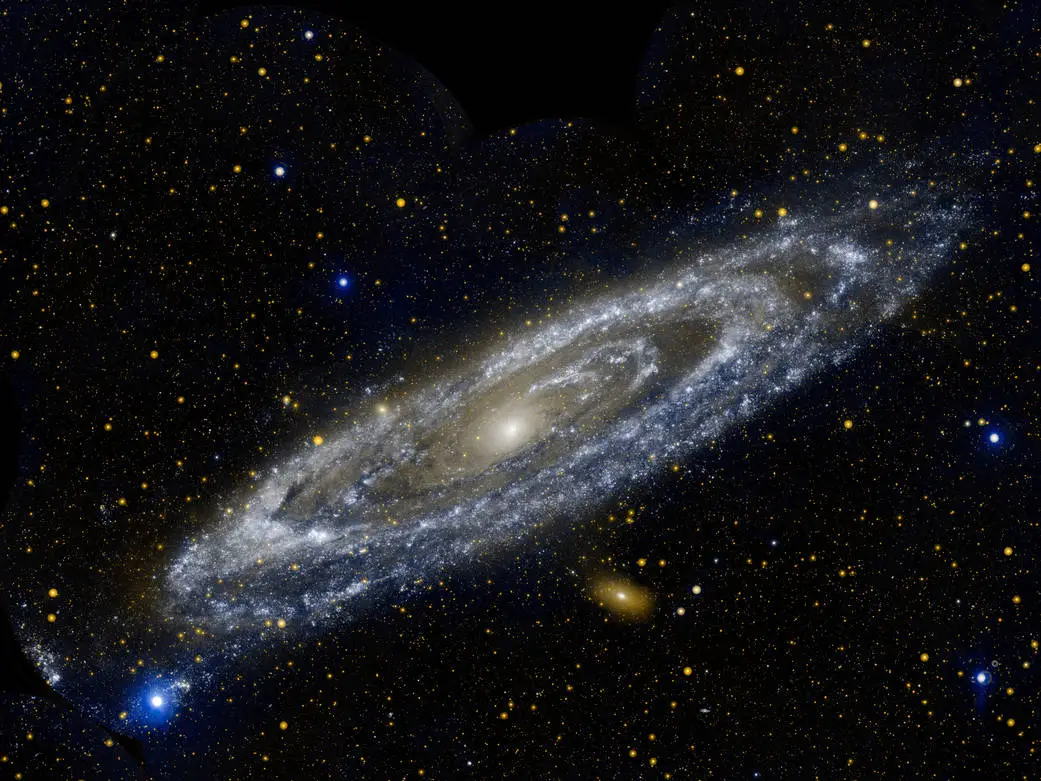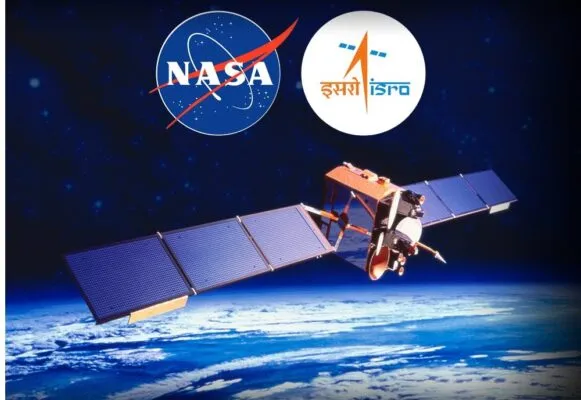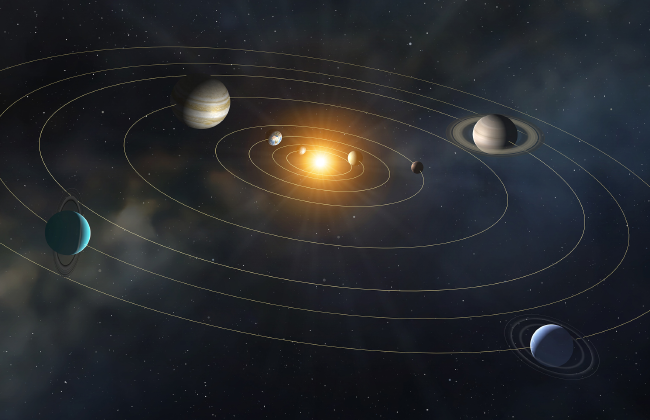Eclipses have fascinated humanity for centuries. From ancient myths to modern astronomy, these celestial events capture the imagination. There are two main types of eclipses: solar eclipses and lunar eclipses. Both involve the alignment of the Sun, Earth, and Moon, but they occur in very different ways. Understanding their mechanics can help us appreciate the cosmic choreography that makes these phenomena possible.
What is a Solar Eclipse?
A solar eclipse occurs when the Moon passes directly between the Sun and Earth, casting a shadow on our planet. This alignment causes the Sun to be partially or completely obscured from view in certain areas on Earth. Solar eclipses can be classified into three types:
- Total Solar Eclipse: The Moon completely covers the Sun, turning day into night for a short period.
- Partial Solar Eclipse: Only a portion of the Sun is covered by the Moon.
- Annular Solar Eclipse: The Moon is slightly smaller in the sky than the Sun, creating a “ring of fire” effect around the Moon.
Solar eclipses can only occur during a new moon phase when the Moon is positioned between the Earth and the Sun. However, they do not happen every month because the Moon’s orbit is slightly tilted relative to Earth’s orbit around the Sun. This tilt means that the Moon usually passes slightly above or below the Sun in the sky.
How a Solar Eclipse Occurs
The process of a solar eclipse involves a precise alignment known as syzygy, where the Sun, Moon, and Earth line up perfectly. During this alignment:
- The Moon blocks sunlight, creating a shadow on Earth.
- The umbra is the central, darkest part of the shadow where a total solar eclipse is visible.
- The penumbra is the lighter, outer shadow where a partial eclipse can be observed.
The path of totality, where the total eclipse can be seen, is usually very narrow, often only a few hundred kilometers wide, while a partial eclipse can be observed over a much larger area.
What is a Lunar Eclipse?
A lunar eclipse occurs when the Earth comes between the Sun and the Moon, causing Earth’s shadow to fall on the Moon. Unlike solar eclipses, lunar eclipses can be observed from anywhere on Earth where the Moon is visible. Lunar eclipses happen during a full moon when the Moon is opposite the Sun in the sky.
There are three types of lunar eclipses:
- Total Lunar Eclipse: The entire Moon passes through Earth’s umbra, appearing reddish due to sunlight refracted through Earth’s atmosphere.
- Partial Lunar Eclipse: Only a portion of the Moon enters Earth’s shadow.
- Penumbral Lunar Eclipse: The Moon passes through the penumbra, causing a subtle dimming rather than a dramatic effect.
How a Lunar Eclipse Occurs

During a lunar eclipse:
- Earth blocks sunlight from directly reaching the Moon.
- The Moon moves into Earth’s shadow, first entering the penumbra, then the umbra for a total eclipse.
- The red or coppery hue of a total lunar eclipse, often called a “blood moon”, occurs because Earth’s atmosphere scatters shorter wavelengths of light while allowing red wavelengths to pass through and reach the Moon.
Unlike solar eclipses, lunar eclipses last longer and are safe to observe without protective eyewear.
Key Differences Between Solar and Lunar Eclipses
| Feature | Solar Eclipse | Lunar Eclipse |
|---|---|---|
| Alignment | Moon between Sun and Earth | Earth between Sun and Moon |
| Moon Phase | New Moon | Full Moon |
| Visibility | Narrow path on Earth | Visible from anywhere on night side |
| Safety | Requires eye protection | Safe to view directly |
| Duration | Few minutes | Up to a few hours |
Solar and lunar eclipses are remarkable demonstrations of the mechanics of our solar system. By understanding how the Sun, Moon, and Earth align, we can predict when these awe-inspiring events will occur. Whether witnessing the dramatic shadow of a solar eclipse or the glowing red Moon during a lunar eclipse, these celestial phenomena remind us of the harmony and precision in the universe. Observing eclipses not only connects us to the cosmos but also deepens our appreciation for astronomy and the natural world.
Discover the Best Telescopes for Amateur Astronomers
Read Also: Education Website Design
![]()





